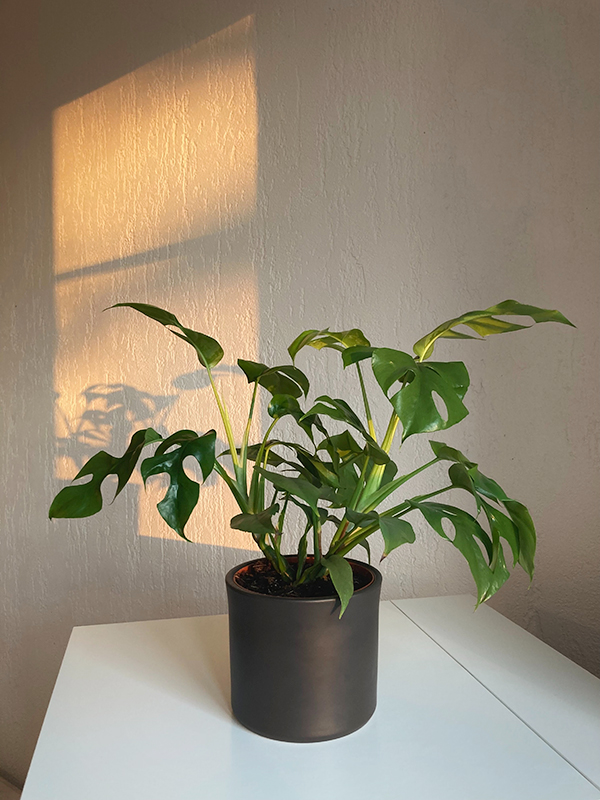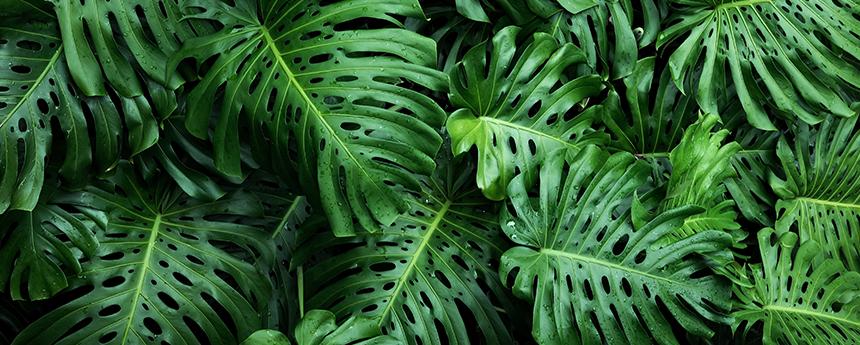- 2022-12-22
MonsteraTroubleshoot
When given optimal growing conditions, monstera has few problems. Look for these possible symptoms:
Stunted growth may be an indication that room temperature is too cold or humidity is too low. It also may be a result of an inferior growing medium or lack of fertilizer. Adjust growing conditions accordingly.
Yellow leaves can be due to a variety of factors, including improper watering, poor drainage, lack of light or nutrients, low temperatures, or environmental changes. It also may be a sign of pests such as mealybugs, thrips, or spider mites. It’s normal for some of the lower leaves to turn yellow and drop as the plant develops new foliage. Evaluate plants and remedy as needed.
Brown leaf tips can be a sign of underwatering or low humidity. Increase one or both as needed.

Droopy leaves can be caused by a lack of water or nutrients, extreme hot or cold temperatures, root rot, transplant shock, crowded roots, or pests such as spider mites or scale. Adjust conditions as needed.
Leggy growth may result from too little light or fertilizer. Move plants to brighter light or increase fertilizing as needed.
Blackened leaves can indicate root rot, which is caused by overwatering or poor drainage. Plants can die quickly if the problem isn’t addressed. Remove the plant from its pot and inspect the roots. Cut out blackened or rotted roots. Transplant into a new pot with fresh potting soil, making sure there is good drainage. Don’t overwater, and provide adequate light and humidity.
Brown spots surrounded by a yellow halo may be a sign of fungal disease. This is usually caused by overwatering or poor air circulation. Remove affected leaves, reduce watering, and move to a spot with better air circulation, though it’s important to keep plants away from drafts.
Lack of leaf fenestration (holes or slits) can simply be due to a plant’s age. Swiss cheese plant needs to be 2 or 3 years old before the leaves develop holes or splits. Other species such as Swiss cheese vine will fenestrate when they are younger. Lack of sunlight, water, or fertilizer can also be factors. Plants may grow larger leaves with more fenestration when given vertical support.




















